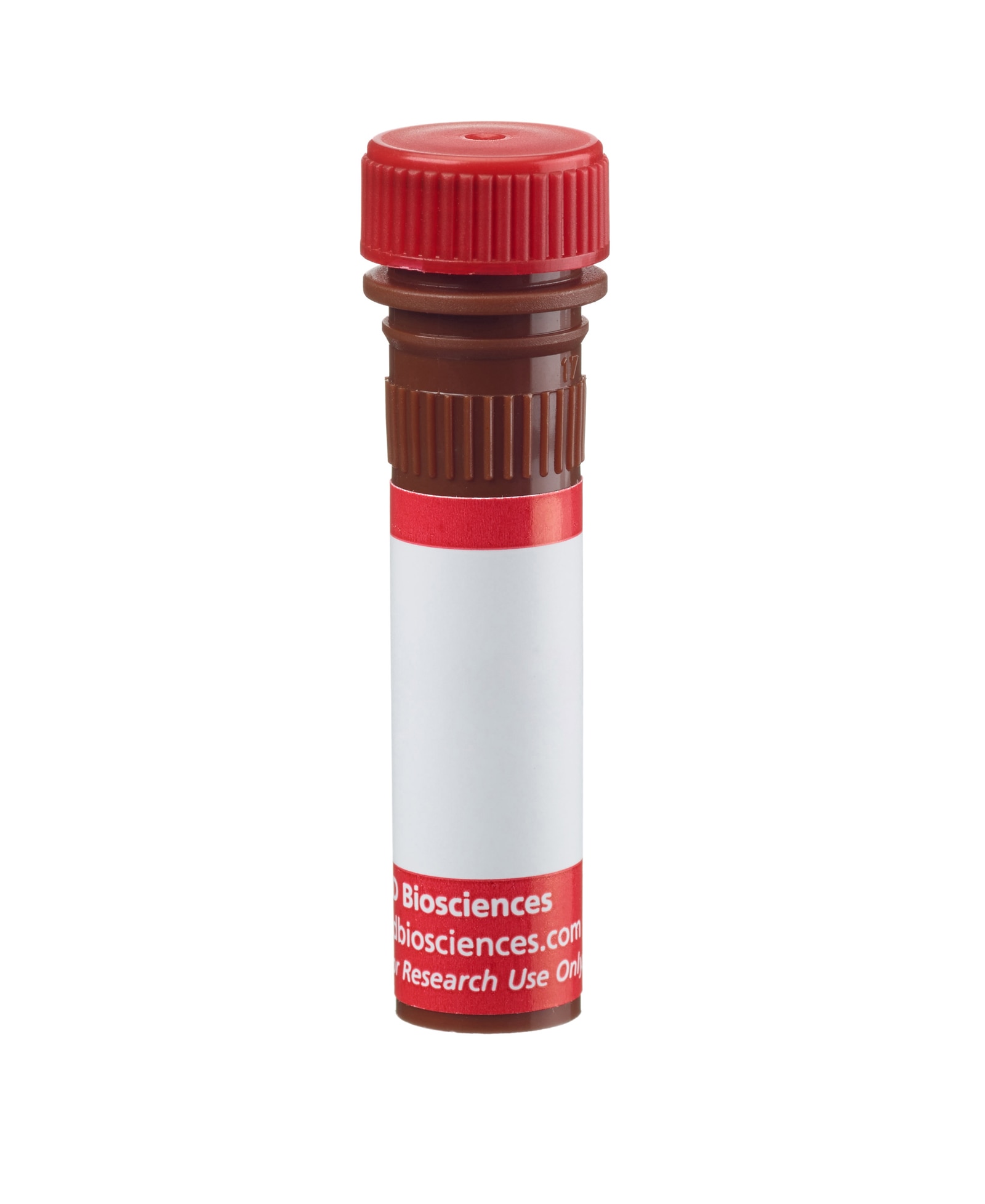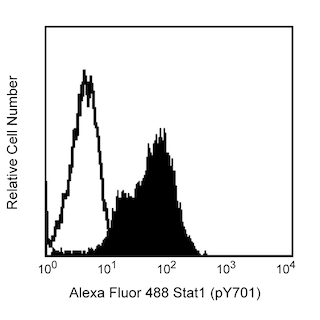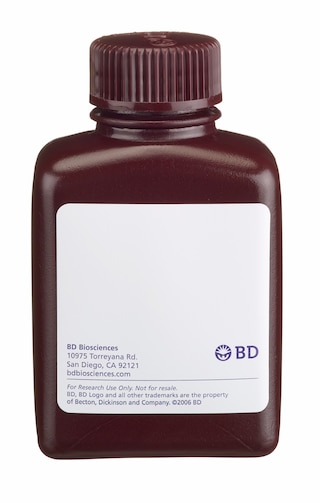-
Training
- Flow Cytometry Basic Training
-
Product-Based Training
- BD FACSDiscover™ S8 Cell Sorter Product Training
- Accuri C6 Plus Product-Based Training
- FACSAria Product Based Training
- FACSCanto Product-Based Training
- FACSLyric Product-Based Training
- FACSMelody Product-Based Training
- FACSymphony Product-Based Training
- HTS Product-Based Training
- LSRFortessa Product-Based Training
- Advanced Training
-
- BD FACSDiscover™ S8 Cell Sorter Product Training
- Accuri C6 Plus Product-Based Training
- FACSAria Product Based Training
- FACSCanto Product-Based Training
- FACSLyric Product-Based Training
- FACSMelody Product-Based Training
- FACSymphony Product-Based Training
- HTS Product-Based Training
- LSRFortessa Product-Based Training
- United States (English)
-
Change country/language
Old Browser
This page has been recently translated and is available in French now.
Looks like you're visiting us from {countryName}.
Would you like to stay on the current country site or be switched to your country?




Analysis of TBK1 (pS172) in transfected human epithelial cells. The 293 fetal kidney cell line was either co-transfected with TBK1 and IRF-7 expression vectors (dashed histogram) or un-transfected (solid line). After 24 hours, the cells were fixed (BD Cytofix™ buffer, Cat. No. 554655) for 10 minutes at 37°C, then permeabilized (BD Phosflow™ Perm Buffer III, Cat. No. 558050) on ice for at least 30 minutes, and then stained with Alexa Fluor® 647 Mouse anti-TBK1 (pS172, Cat. No. 558603). Flow cytometry was performed on a BD FACSCalibur™ flow cytometry system.


BD™ Phosflow Alexa Fluor® 647 Mouse anti-TBK1 (pS172)

Regulatory Status Legend
Any use of products other than the permitted use without the express written authorization of Becton, Dickinson and Company is strictly prohibited.
Preparation And Storage
Product Notices
- This reagent has been pre-diluted for use at the recommended Volume per Test. We typically use 1 × 10^6 cells in a 100-µl experimental sample (a test).
- Source of all serum proteins is from USDA inspected abattoirs located in the United States.
- Caution: Sodium azide yields highly toxic hydrazoic acid under acidic conditions. Dilute azide compounds in running water before discarding to avoid accumulation of potentially explosive deposits in plumbing.
- Alexa Fluor® is a registered trademark of Molecular Probes, Inc., Eugene, OR.
- Alexa Fluor® 647 fluorochrome emission is collected at the same instrument settings as for allophycocyanin (APC).
- The Alexa Fluor®, Pacific Blue™, and Cascade Blue® dye antibody conjugates in this product are sold under license from Molecular Probes, Inc. for research use only, excluding use in combination with microarrays, or as analyte specific reagents. The Alexa Fluor® dyes (except for Alexa Fluor® 430), Pacific Blue™ dye, and Cascade Blue® dye are covered by pending and issued patents.
- For fluorochrome spectra and suitable instrument settings, please refer to our Multicolor Flow Cytometry web page at www.bdbiosciences.com/colors.
- Please refer to www.bdbiosciences.com/us/s/resources for technical protocols.
Companion Products


NF-κB is a ubiquitously expressed transcription factor that regulates many cytokine and Ig genes. It is involved in immune, inflammatory, viral, and acute phase responses. In most cells, NF-κB is sequestered in an inactive cytoplasmic form via interactions with the inhibitory proteins IκBα, IκBβ, and IκBε. Stimulation induces the release, activation, and nuclear translocation of NF-κB. Release of NF-κB results from the phosphorylation and proteolytic degradation of the IκB proteins. Two cytokine-inducible IκB kinases (IKKα and IKKβ) phosphorylate and target the IκB proteins for degradation via the ubiquitin pathway. IKKγ/NEMO, a third member of the IKK complex, functions as a regulatory subunit and interacts directly with IKKβ. TBK1 (TANK-binding kinase 1, also known as T2K or NAK), a protein of 729 amino acids, is another member of the IKK family of kinases regulating NF-κB downstream of the tumor necrosis factor and Toll-like receptor pathways. TBK1 forms a complex with the adaptor proteins TANK (TRAF-associated NF-κB activator) and TRAF2 (TNF-receptor-associated factor 2), and this oligomer is required for activation and phosphorylation of TBK1 at serine 172 (S172).
The J133-587 monoclonal antibody recognizes the phosphorylated S172 of human TBK1. Our in-house testing is performed on a cell line that has been co-transfected with TBK1 and IRF-7 because we have been unable to detect endogenous TBK1 (pS172) by western blotting of lysates from activated cell lines (HeLa activated with PMA and A431 activated with PDGF). In the transfectants, the over-expression of TBK1 is necessary for phosphorylation of IRF-7, but the presence of IRF-7 does not affect TBK1 expression or phosphorylation. We confirmed that mAb J133-587 does not cross-react with IRF-7 by ELISA.
Development References (2)
-
Kishore N, Huynh QK, Mathialagan S, et al. IKK-i and TBK-1 are enzymatically distinct from the homologous enzyme IKK-2: comparative analysis of recombinant human IKK-i, TBK-1, and IKK-2.. J Biol Chem. 2002; 277(16):13840-13847. (Biology). View Reference
-
Viatour P, Merville M-P, Bours V, Chariot A. Phosphorylation of NF-kappaB and IkappaB proteins: implications in cancer and inflammation. Trends Biochem Sci. 2005; 30(1):43-52. (Biology). View Reference
Please refer to Support Documents for Quality Certificates
Global - Refer to manufacturer's instructions for use and related User Manuals and Technical data sheets before using this products as described
Comparisons, where applicable, are made against older BD Technology, manual methods or are general performance claims. Comparisons are not made against non-BD technologies, unless otherwise noted.
For Research Use Only. Not for use in diagnostic or therapeutic procedures.
Report a Site Issue
This form is intended to help us improve our website experience. For other support, please visit our Contact Us page.